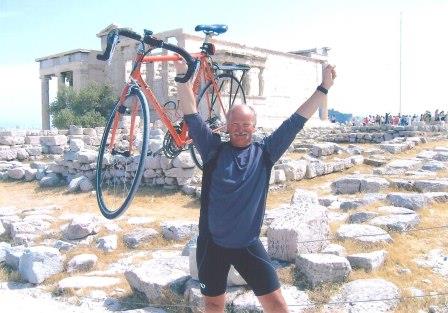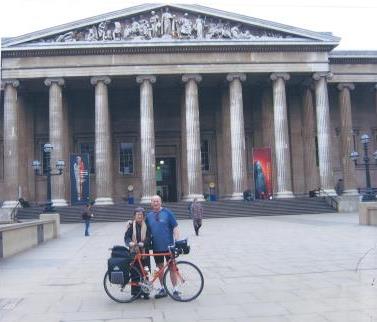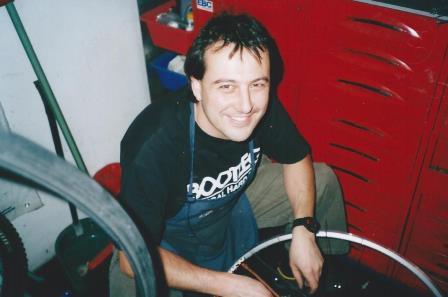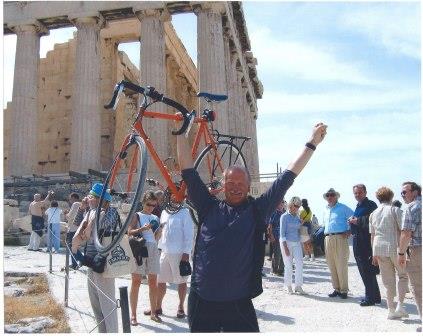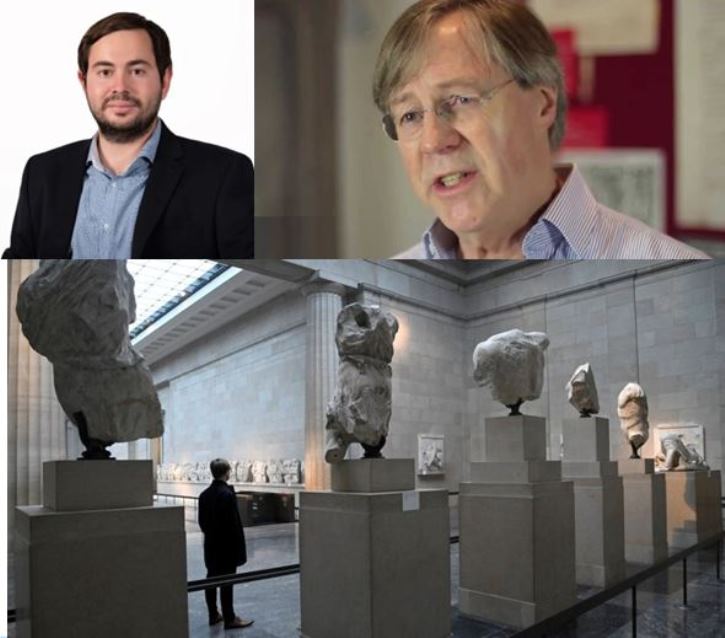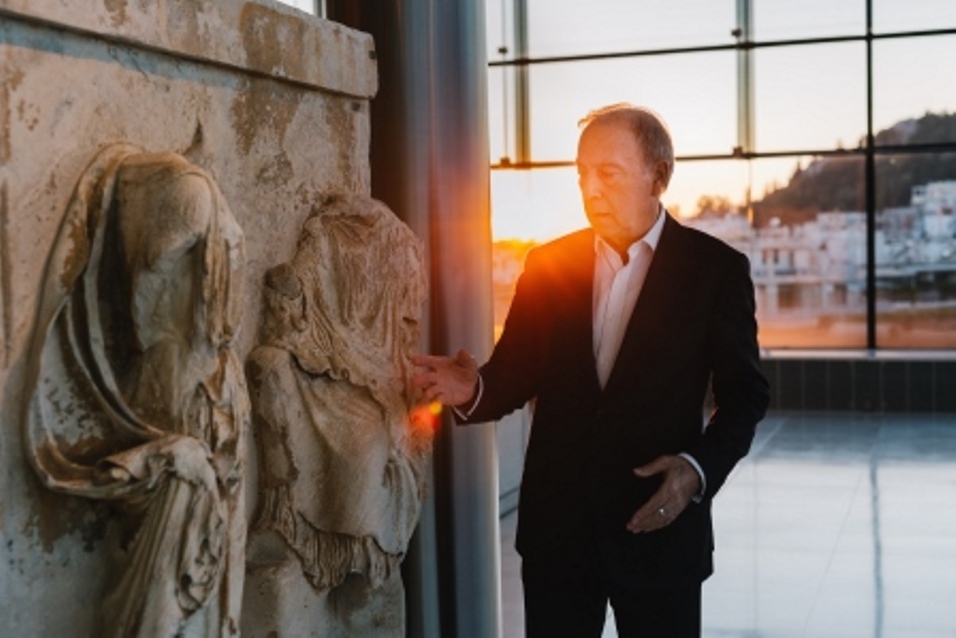Like a doting parent, Dr Stavros Vlizos doesn't play favourites. All of the 163 figurines, ceramics, toys, icons, weapons, paintings and jewellery in the exhibition Greek treasures: from the Benaki Museum in Athens are his babies.
"They are all important - we brought the most representative and qualitative items," the assistant to the Benaki Museum's director says. As he walks around the Powerhouse Museum exhibition, he lovingly describes the pieces, including a marble female figurine from between 2700 and 2300 BC and an exquisite gold cup from 15th century BC decorated with three galloping dogs. Vlizos is in Sydney to launch the exhibition. He's also here to campaign for some other objects he loves.
Yesterday, he spoke to the national conference of Museums Australia, the professional association for museum and gallery workers, about the Greek bid to have the British Museum return the controversial Parthenon sculptures (or Elgin marbles) to Greece. His talk was part of a morning dedicated to an enormous problem facing modern museums - the repatriation of cultural material.
"It's the best way to display [the Parthenon sculptures], to have them in a good condition preserved in connection with their original site," Vlizos says. To that end, Athens is building a museum next to the Parthenon to display the sculptures.
The dispute dates back to 1801, when the British ambassador to the Ottoman empire, Thomas Bruce, the seventh earl of Elgin, began removing half of the surviving Parthenon frieze and many of its statues. He sold them to the British Museum in 1816. The Greeks first demanded the return of the sculptures after independence from Turkey in 1829. Greece's last concerted effort was for the 2004 Olympic Games in Athens. The British Museum argues the statues were legally acquired, that the rich setting of the British Museum is the best place for them, and the restoration of the Parthenon is unachievable.
"The Greek position is that this transaction [between Lord Elgin and the Ottoman authority he dealt with] was not official," Vlizos says. "It was just between two men, not between the governments of that time."
Repatriation is also a hot topic in Australia. Early last year, the British Museum and the Royal Botanic Gardens, Kew, loaned two Aboriginal bark etchings and a ceremonial carved emu figure to Museum Victoria. Last July, the Dja Dja Wurrung Native Title Group from Victoria claimed ownership and secured an emergency heritage declaration to keep the items in the state. Museum Victoria argued it was legally obliged to send the objects back. The matter has not been resolved.
Because of the legal case, the head of Museum Victoria, Dr Patrick Greene, had to withdraw from the conference. Another no-show was the director-general of Iraqi Museums, Dr Donny George. George, who was to talk about the looting of Iraq's national museum, was not able to travel from Baghdad to Jordan to obtain his Australian visa.
Vlizos says the Greek push for the Parthenon sculptures will continue. "It's not only the nationalistic point, that they belong to Greece, it's about involvement in culture in general, that we want to see monuments completed in the right context."
Vlizos is hoping there will be no dispute over the objects loaned to the Powerhouse Museum. "You will give us back our art treasures, won't you?" he asks, smiling.

